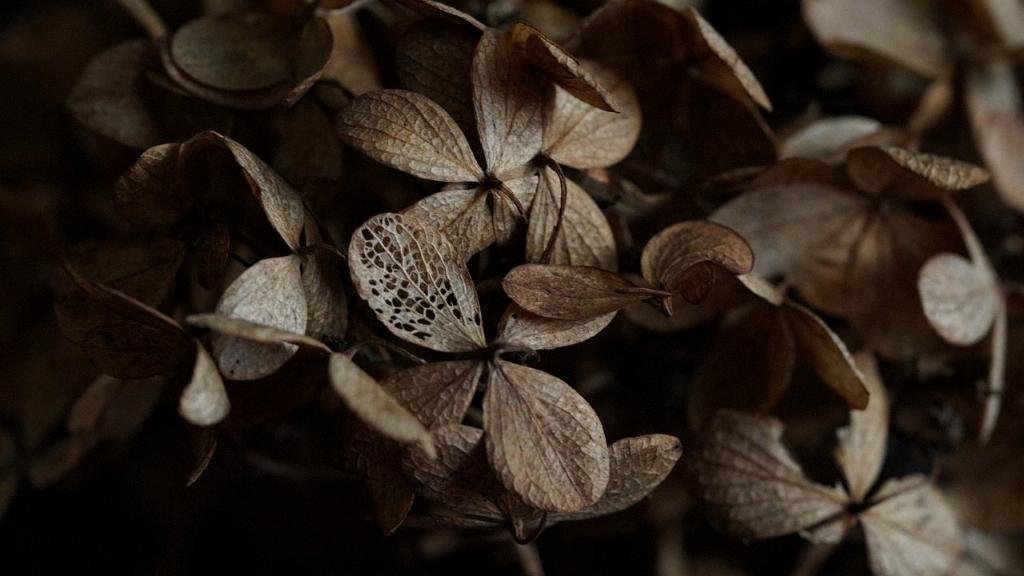When it comes to planting hydrangea bushes, choosing the right location is crucial for their growth and overall health. Hydrangeas thrive in environments with a balance of sunlight and shade, making it essential to consider these factors before deciding on the perfect planting spot.
One of the key considerations when planting hydrangeas is the amount of sunlight they receive. These beautiful bushes love the gentle warmth of the morning sun, as it helps with photosynthesis and overall growth. However, they can be sensitive to the intense heat of the afternoon sun, which can cause wilting and damage to the delicate blooms.
For optimal growth, it is recommended to plant hydrangeas in a location that receives morning sunlight but is shaded during the hotter parts of the day. This will help protect the plants from the harsh afternoon sun while still providing them with the light they need to thrive.
Many gardeners choose to plant hydrangeas in beds located next to their homes or fences. This not only provides a sheltered environment for the bushes but also allows them to benefit from the radiant heat of the house during cooler evenings, creating a cozy microclimate that encourages growth.
When selecting a planting spot, it is important to consider the soil conditions as well. Hydrangeas prefer well-draining soil that is rich in organic matter. They do not tolerate waterlogged conditions, so proper drainage is essential to prevent root rot and other moisture-related issues.
In addition to sunlight and soil quality, the surrounding environment should also be taken into account when deciding where to plant hydrangeas. Consider factors such as wind exposure, as strong winds can damage the delicate blooms and foliage. A sheltered location can help protect the bushes from harsh weather conditions.
Another important aspect to consider is the availability of space for the hydrangea bushes to grow and spread. These plants can develop into large shrubs, so it is essential to give them enough room to expand without overcrowding other plants or structures in the garden.
Some gardeners choose to plant hydrangeas in containers, which can be a great option for those with limited space or wanting to control the soil conditions more easily. Container-grown hydrangeas can be placed in strategic locations to provide the right amount of sunlight and shade throughout the day.
Regardless of the planting method chosen, providing adequate moisture is essential for the health of hydrangea bushes. These plants require regular watering, especially during dry periods, to keep the soil consistently moist but not waterlogged. Mulching can help retain moisture and regulate soil temperature.
Pruning is another important aspect of caring for hydrangeas, as it can help promote new growth and maintain a tidy appearance. Prune hydrangeas in late winter or early spring before new growth emerges, removing any dead or damaged branches and shaping the bushes as needed.
In conclusion, when it comes to planting hydrangea bushes, choosing the right location is key to their success. By selecting a spot with the right balance of sunlight and shade, well-draining soil, and protection from harsh weather conditions, you can ensure that your hydrangeas thrive and bloom beautifully year after year.

